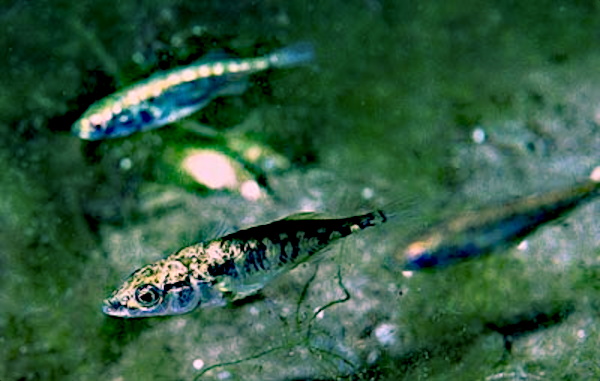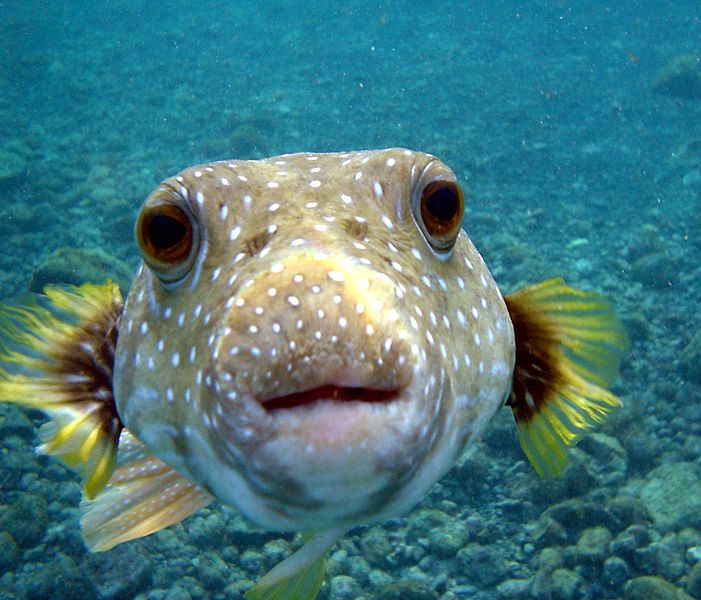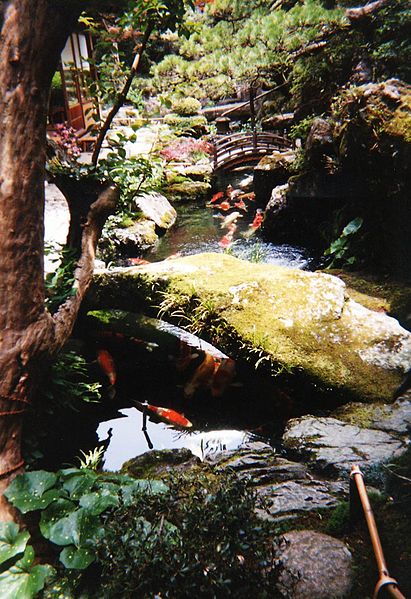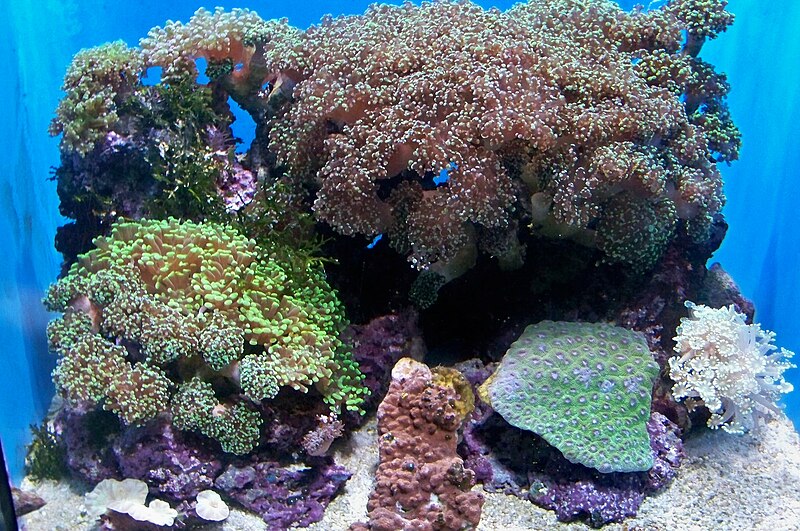Hello, Frank Indiviglio here. Sticklebacks hold a special place in fish-keeping history – their fascinating breeding habits are credited with inspiring the development of the aquarium hobby in Europe in the 1700s. The Sea Stickleback (Spinachia spinachia) is one of the group’s few marine representatives, and a good candidate for one of the most fascinating fish breeding experiences imaginable.
The Sea Stickleback is native to the cool waters of the Northeastern Atlantic Ocean, along the coast of Northwestern Europe. One of the larger sticklebacks, it attains a length of 8 inches or so and is quite hardy in the aquarium. It stays along the coast, rarely straying into depths exceeding 15 feet.
Underwater “Bird Nests”
Male sticklebacks construct tiny nests consisting of plant material held together by secretions from the kidneys. Clad in vibrant breeding colors (sea sticklebacks sport bronze and silvery bars and silver-yellow abdomens) they then display for the females, who lay their eggs within the nests. Females have been shown to preferentially choose water  flowing from nests of unmated males, even when kept out of sight of the nests.
flowing from nests of unmated males, even when kept out of sight of the nests.
The brooding male guards the nest from any and all intruders, exhibiting aggressiveness that is far out of proportion to their size. I once observed a male three spine stickleback (Gasterosteus aculeatus) chase off a cunner that outweighed him a hundred fold.
Diet
In common with their relatives the seahorses, sticklebacks prefer live foods such as brine shrimp, blackworms, Mysids and Daphnia. I’ve had some individuals take frozen foods, but such is by no means a certainty for all. I’ve found that sticklebacks seem to require quite comparatively large amounts of food, and lose condition rapidly if not fed adequately.
Sticklebacks are fairly slow feeders, and will be out-competed by active species. They are also quite pugnacious and prone to “fin nipping” their less agile neighbors. Marine species get along well with spider and hermit crabs, small puffers and sea stars.
Spawning Sticklebacks in the Aquarium
We are indeed fortunate that such unusual fishes are rather easy to breed…watching them do so is a treat rarely afforded those who study marine fish. Although quite territorial, small groups will co-exist if enough nest sites are available. Be sure to provide widely spaced groups of sticks and plants so that nesting pairs may have the privacy they require.
Several species will come into breeding condition if their water temperatures are allowed to fluctuate with the seasons, i.e. by keeping them in an unheated tank in a room that experiences seasonal temperature variations. You should also seek to provide a light cycle tuned to that they experience in nature.
Native Sticklebacks
Unfortunately, like many temperate species, Sticklebacks get very little attention from aquarists these days.
 The Sea Stickleback is not readily available in the USA, but a number of other species can be collected here and kept in a similar manner. I have had good luck in breeding the Three-spine Stickleback (Gasterosteus aculeatus) in a densely planted marine aquarium. This species is usually described as a brackish water fish, but those I collected from the Great South Bay on Long Island, NY thrived under typical marine aquarium conditions.
The Sea Stickleback is not readily available in the USA, but a number of other species can be collected here and kept in a similar manner. I have had good luck in breeding the Three-spine Stickleback (Gasterosteus aculeatus) in a densely planted marine aquarium. This species is usually described as a brackish water fish, but those I collected from the Great South Bay on Long Island, NY thrived under typical marine aquarium conditions.
Further Reading
An informative account of stickleback collecting and breeding is posted at www.glaucus.org.uk.
Please write in with your questions and comments.
Thanks, until next time,
Frank Indiviglio.
Ninespine Stickleback image referenced from wikipedia and originally posted by Dryke.
Sea stickleback image referenced from wikipedia and originally posted by Visviva.
 That Fish Blog – Aquarium Advice and Information
That Fish Blog – Aquarium Advice and Information

 Greetings! The big news this week? MACNA!! Our team is on location in Atlantic City for this year’s main event, and
Greetings! The big news this week? MACNA!! Our team is on location in Atlantic City for this year’s main event, and  As if there wasn’t enough at the beach to look out for as a hazard, people in New Zealand now have to be aware of puffers and
As if there wasn’t enough at the beach to look out for as a hazard, people in New Zealand now have to be aware of puffers and  and they’re reef safe. Their small size makes them suitable for even smaller tanks. The
and they’re reef safe. Their small size makes them suitable for even smaller tanks. The  The metabolisms of both koi and the various bacteria that occupy the pond and filter slow down as temperatures fall. Your fish will not be as hungry as usual, and leftover food will not decompose as quickly as in the summer. Dead plants and other organic material in the pond may also remain more or less “intact” through fall and winter.
The metabolisms of both koi and the various bacteria that occupy the pond and filter slow down as temperatures fall. Your fish will not be as hungry as usual, and leftover food will not decompose as quickly as in the summer. Dead plants and other organic material in the pond may also remain more or less “intact” through fall and winter.
 Until recently, corals were considered nearly impossible to keep in home aquariums. Water quality is exceedingly important, as is the wavelength and intensity of the lighting provided. Many corals obtain much of their food via the action of the symbiotic algae which live within them. Without proper lighting, the algae perish…additional food provided thereafter cannot keep the coral alive. Fortunately, a variety of commercially available
Until recently, corals were considered nearly impossible to keep in home aquariums. Water quality is exceedingly important, as is the wavelength and intensity of the lighting provided. Many corals obtain much of their food via the action of the symbiotic algae which live within them. Without proper lighting, the algae perish…additional food provided thereafter cannot keep the coral alive. Fortunately, a variety of commercially available 